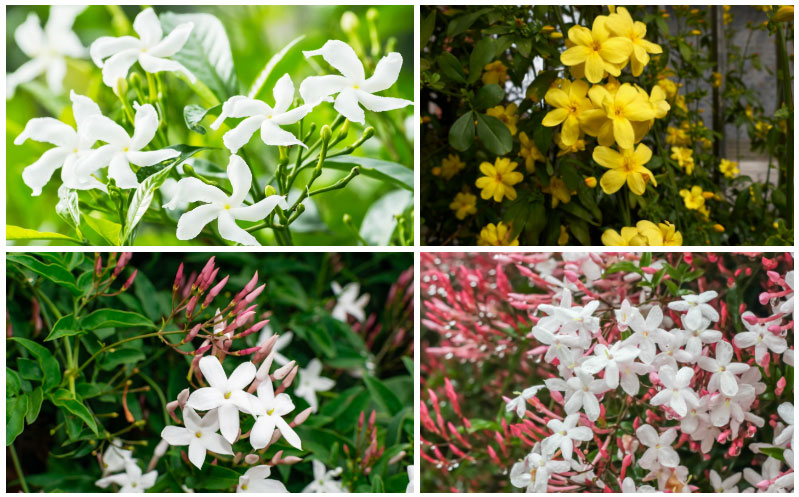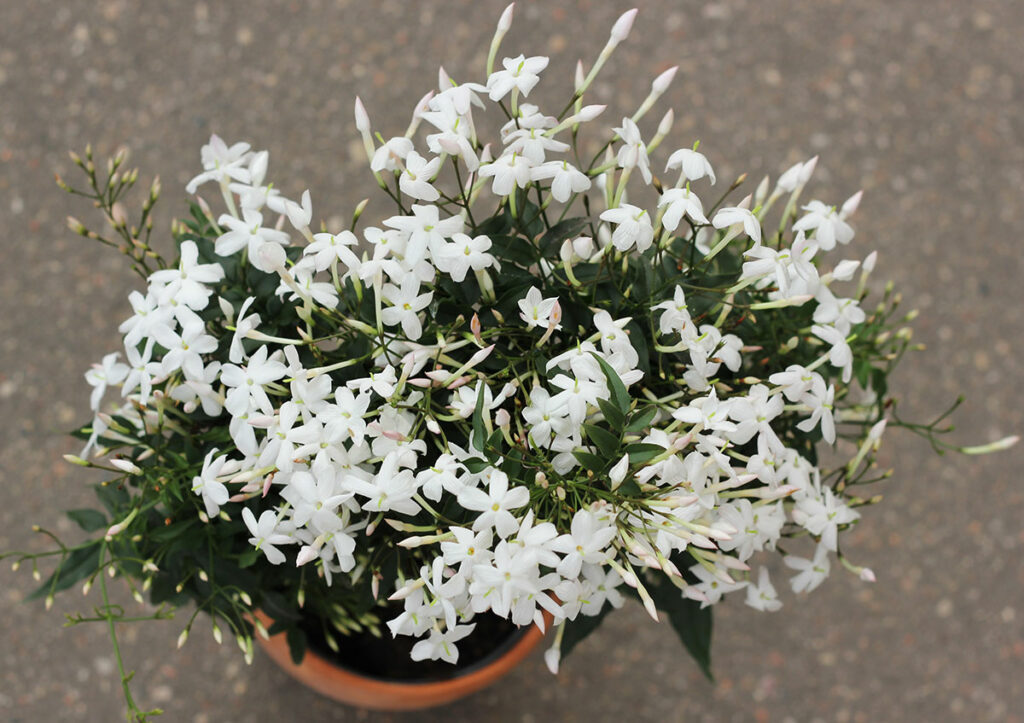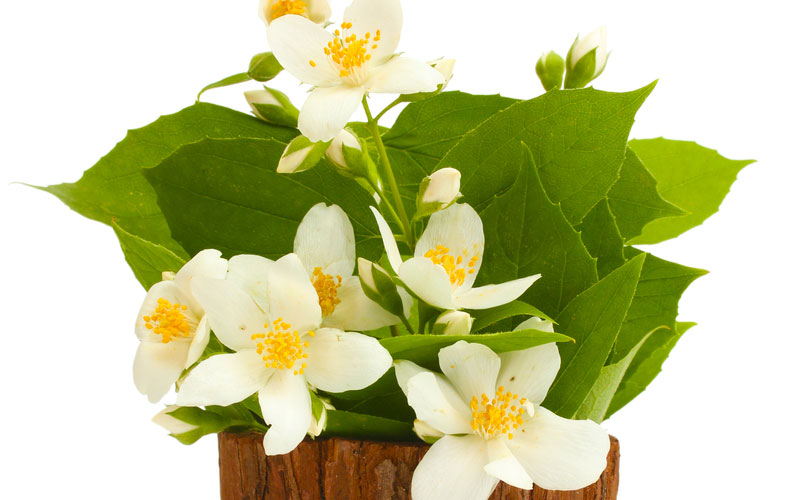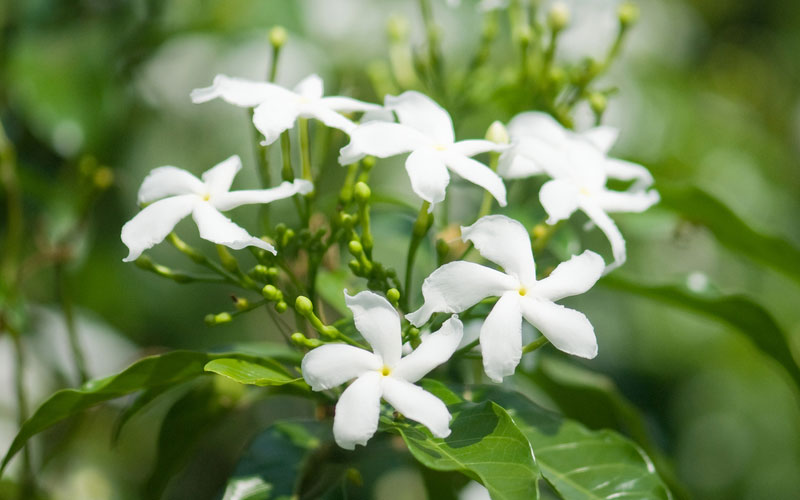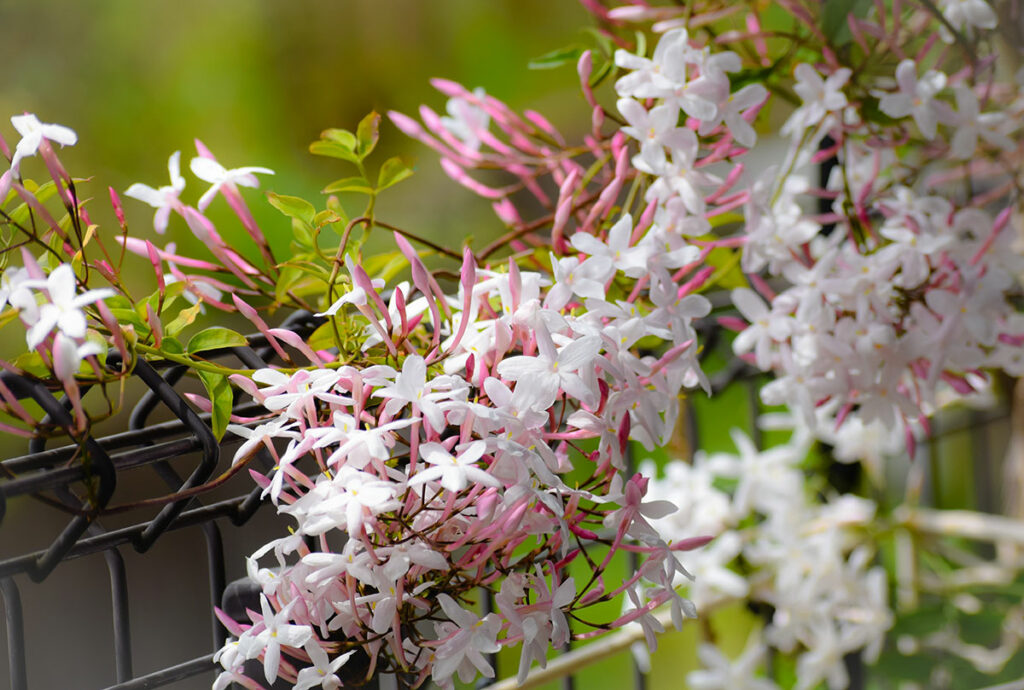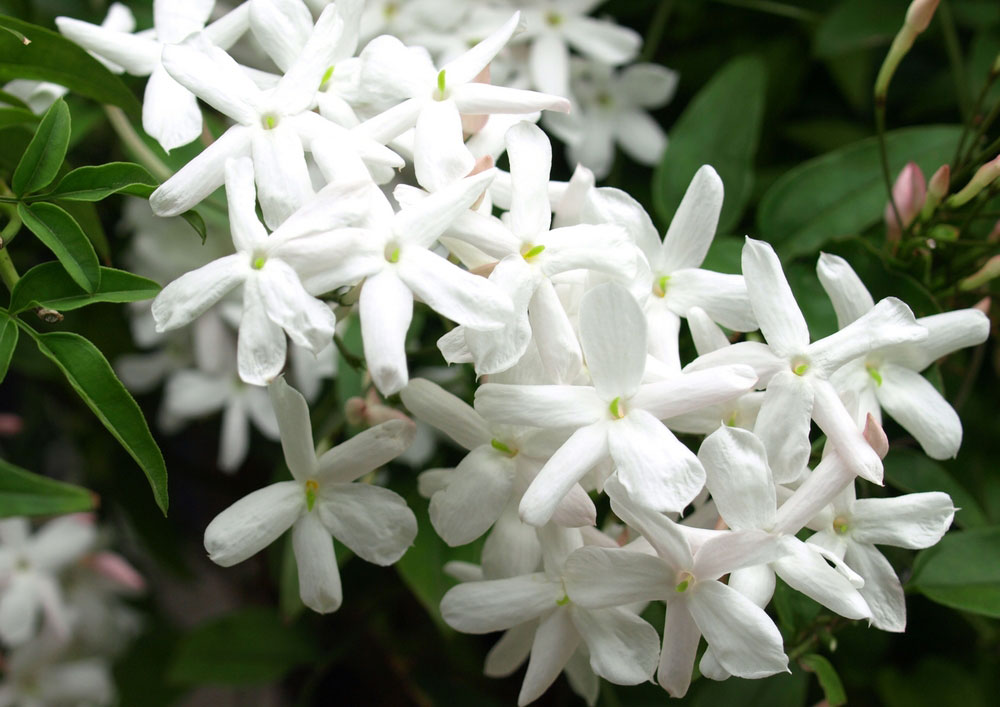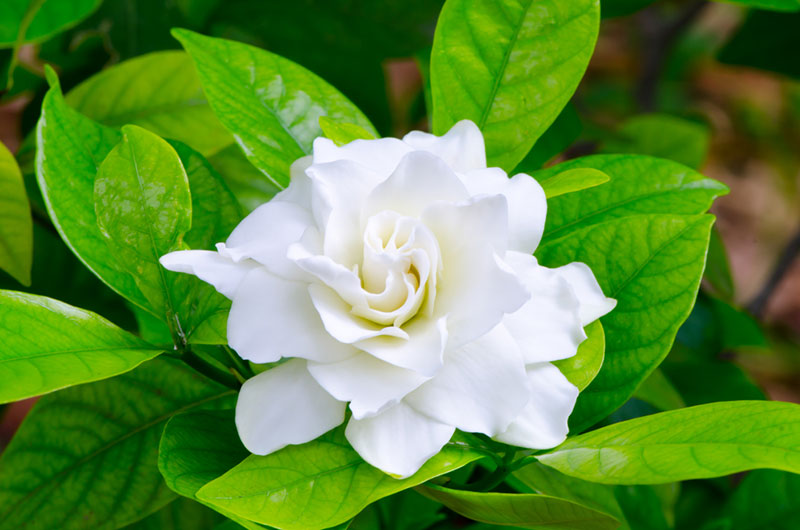
Cape jasmine is what is known as false jasmine, so it is not a member of the same plant family. Native to Asia, this is a plant that is actually a type of gardenia, and it can be seen growing in hardiness zones eight to 11 in the United States.
The plant has dark green foliage with leaves that are about three to four inches long. The flowers can be single or double, but they are always white in color.
These plants are relatively simple to care for, but they will require the following:
Watering Requirements
This is a plant that will require you to give it an average amount of water each week. It will not require a lot, and sometimes, the rain will provide the plant with enough water, but if you have it potted to grow inside your home, then this plant will need to be watered at least biweekly. To make sure that it is getting enough water, test the soil before you give it more water. The soil should be dry to the touch so that giving it more water does not cause root rot.
Light and Temperature Requirements
Cape jasmine will need full sun to light shade to grow well. Ideally, in the cooler parts of the country, it can have full sun all day long, but if you live in an area where it is hot, the afternoon sun can scorch the plants. To prevent this, you can put the plant in a location where it will get the morning sun but will be in the afternoon shade. When it comes to temperatures, the plant can tolerate temperatures between 60 degrees Fahrenheit and 75 degrees Fahrenheit. When the temperature is not within this range, the bud for the flowers can fall. Cape jasmines also like the air to be humid, so misting the leaves occasionally may be required.
Soil and Fertilizer Requirements
This is a plant that will grow best in well-drained soil. It can typically grow in any type of soil, but it will really thrive in soil that is slightly acidic. You will also want to use soil that is roughly between a pH of 5.0 and 6.0. In addition, the plant should be fertilized at least twice a year during the growing season. It should not be fed between November and February because this is the period when the plant will be dormant, and giving it fertilizer will encourage blooms and grow, which will die immediately in the cold air.
Pruning Requirements
When it comes to pruning cape jasmine, it must be done during the time of the year when they are finished blooming and go dormant. If you do this, it will promote branching on the plant and create a more compact growth. If there are any damaged limbs or infested branches, they should be cut away immediately. If you need to propagate your plant, it can be done using a seed or a small cutting.
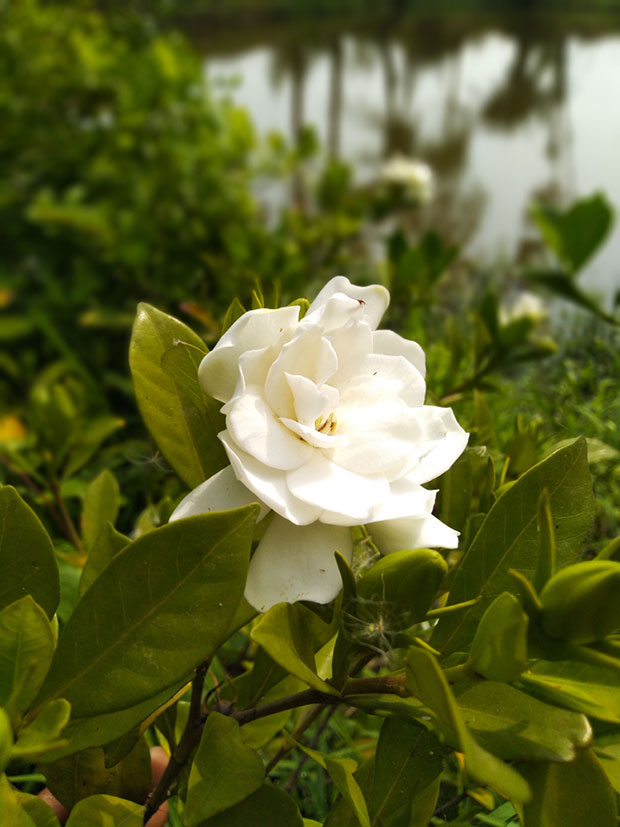
Diseases and Pests
There are several pests and diseases that can affect your cape jasmine. Make sure that you are not overwatering your plant because it can easily get root rot on the roots of the plant or powdery mildew on the foliage. Leaf spots can also be a common issue for cape jasmine. Sooty mold, which is another disease that a plant can get, is often a result of the plant having an infestation of mealybugs, aphids, or other scale insects. When it comes to pests, weevils, spider mites, and whiteflies are also very common when you are growing cape jasmine.
Related Articles





